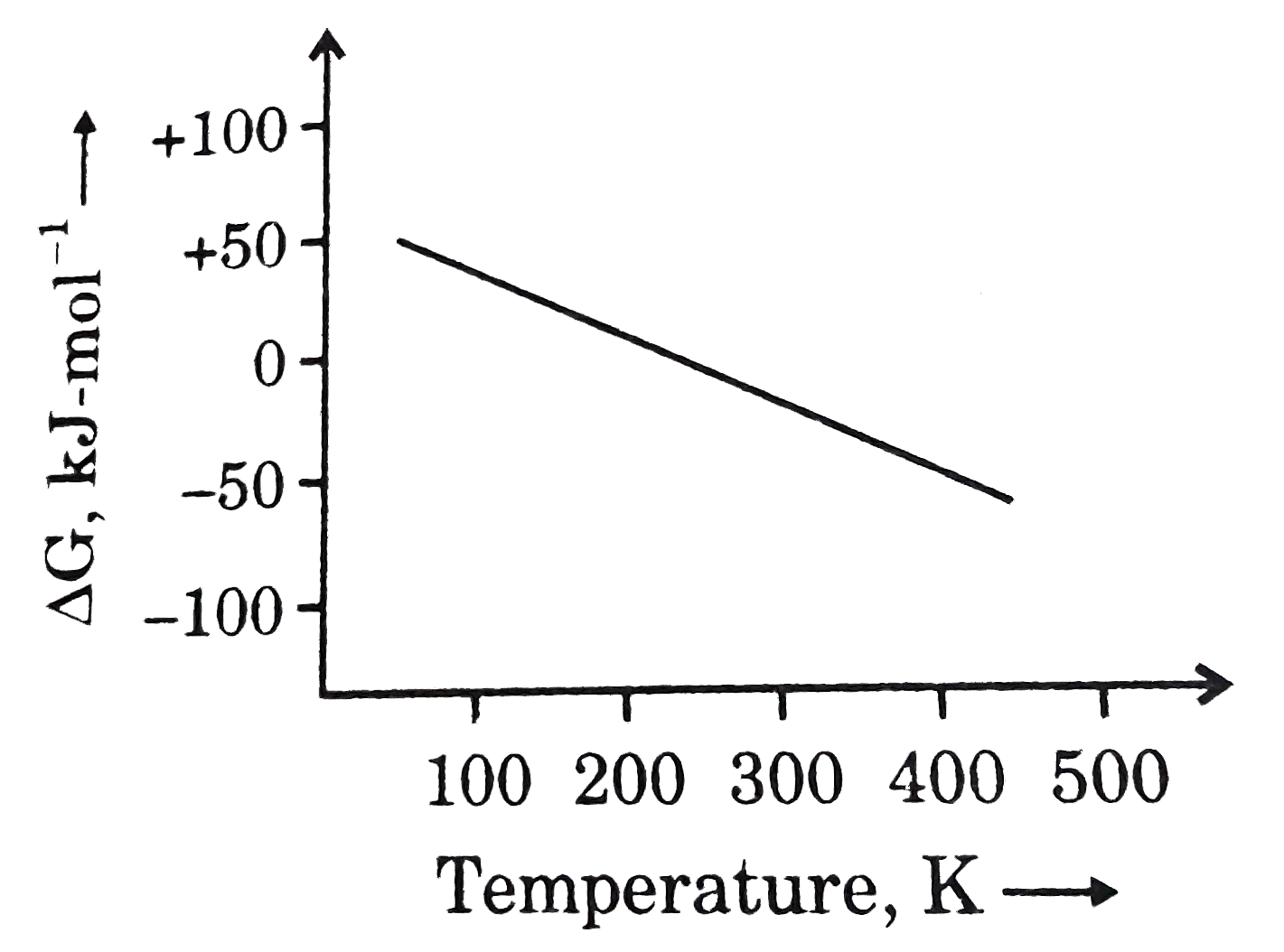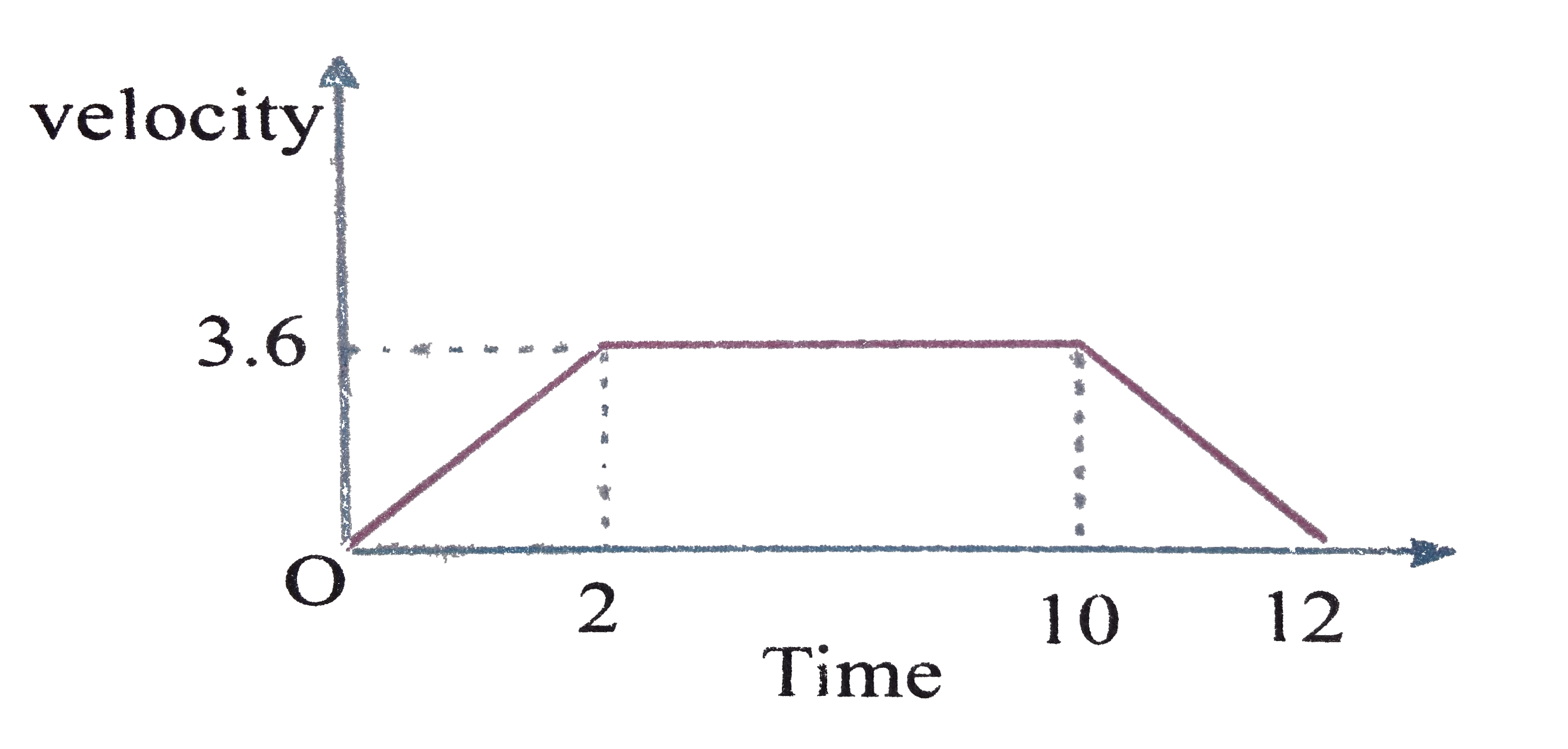What would you conclude about the variation in velocity of a cyclist from the given graph?

Velocity changes linearly if acceleration is changing non-linearly.
Velocity becomes zero if acceleration becomes zero.
Velocity changes non-linearly if acceleration is changing linearly.
Velocity becomes uniform if acceleration becomes infinite.
The correct Answer is:C
For the given graph, a = kt , where k is some positive constant. So, velocity v = u + at = u + (kt) t = 4 + kt2 i.e. , varies non-linearly .
Topper's Solved these Questions
- BOOK - SCIENCE OLYMPIAD FOUNDATION CHAPTER - MOTION EXERCISE - ACHIEVERS SECTION (HOTS)5videos
MOTION
- BOOK - SCIENCE OLYMPIAD FOUNDATION CHAPTER - GRAVITATION EXERCISE - ACHIEVERS SECTION (HOTS)5videos
GRAVITATION
- BOOK - SCIENCE OLYMPIAD FOUNDATION CHAPTER - NSO QUESTION PAPER 2016 SET A EXERCISE - ACHIEVERS SECTION2videos
NSO QUESTION PAPER 2016 SET A
Similar Questions
Knowledge Check
- Question 1 - Select One
What can be concluded about the values of ΔH and ΔS from this graph ?
 AΔH>0,ΔS>0BΔH>0,ΔS<0CΔH<0,ΔS>0DΔH<0,ΔS<0
AΔH>0,ΔS>0BΔH>0,ΔS<0CΔH<0,ΔS>0DΔH<0,ΔS<0 - Question 2 - Select One

An elevator is goind up. The variation in the velocity of the elevator is as given in the graph. What is the height to which the elevator takes the passengerA3.6 mB28.8 mC36.0 mD72.0 m - Question 3 - Select One
What conclusion can you draw about the acceleration of a body from the speed-time graph shown below ?
 Auniform accelerationBuniform motionCNon-uniform velocityDNon-uniform acceleration
Auniform accelerationBuniform motionCNon-uniform velocityDNon-uniform acceleration
What would you conclude from the observation that cathode rays rotate a light paddle wheel placed in their path?
View SolutionWhat conclusion can you draw about the acceleration of a body from the speed-time graph shown below ?
 View Solution
View SolutionWhat would you conclude if the heights of both liquids in a Hare's apparatus are equal ?
View SolutionWhat would you call the area under the curve of a velocity-time graph included between itself and two time ordinates?
View SolutionWhat would you call the area under the curve of a velocity-time graph included between itself and two time ordinates?
View Solution

